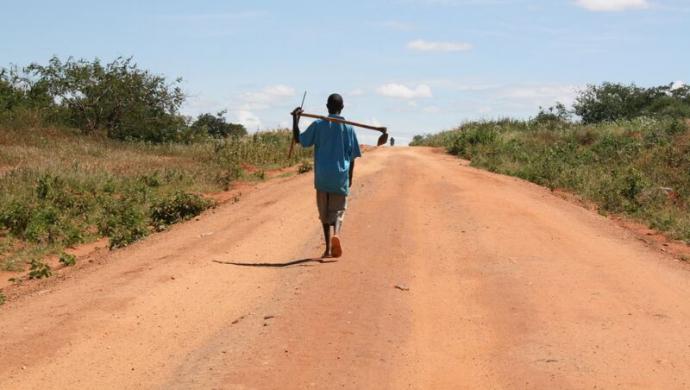The World Bank unveiled plans Thursday to lend up to12 billion dollars to India under a fresh four-year program beginning in 2005 to alleviate poverty in the worlds second most populous nation, the World Bank Press Review says in its press review quoting the French news agency AFP.
Loans of up to three billion dollars a year would be channeled through various projects under the banks 2005-2008 Country Strategy for India endorsed Thursday by its board of executive directors, officials said.
The maximum limit on lending approved under the current three-year program ending 2004 was three billion dollars a year but the Washington-based bank only did about 1.5 billion dollars a year, they said. World Bank spokeswoman Dale Lautenbach said the loans would be under two windows offered by the banks highly concessional lending aimed largely at lumpier infrastructure projects and less concessional lending for social sectors, like education and empowerment projects involving women. The new strategy was formulated over the last year after intense discussions with the Indian government and with inputs from civil society, the media and private sector through a phased consultation process.
Michael Carter, the World Banks country director for India, said India faced a substantial disparity of opportunity, particularly in education, health, and economic prospects of women and other vulnerable groups. In addition, a growing gulf had emerged between Indian states, with poverty being increasingly geographically concentrated, he said. Looking at these disparities, what emerges is a picture of India occupying two worlds simultaneously — in the first, economic reform and social changes have begun to take hold and growth has had an impact on peoples lives, opportunities have opened up. In the other, citizens appear almost completely left behind by public services, employment opportunities, and
brighter prospects.
Carter said bridging the gap between these two Indias was perhaps the greatest challenge facing the country. Because of the widening gulf between Indias faster and slower growing states, he said some important shifts would be made in the approach to lending.
They include holding discussions with all the largest and poorest states of India to implement cross-cutting reforms, and having a productive development relationship with four states where poverty is increasingly concentrated: Bihar, Jharkhand, Orissa, and Uttar Pradesh, he said.
Indias parliament has passed the national budget amid a boycott by opposition parties. Finance Minister Palaniappan Chidambaram has pledged billions of dollars for improving education and health services for the poor as well as special assistance for farmers. He also increased military spending by nearly 18 percent to 770 billion rupees (16.73 billion dollars) to pay for modernizing Indias armed forces.
Chidambaram promised to eliminate the deficit by the 2008-09 fiscal year and set the next deficit target at 4.4 percent.
Kilde: World Bank Press Review















